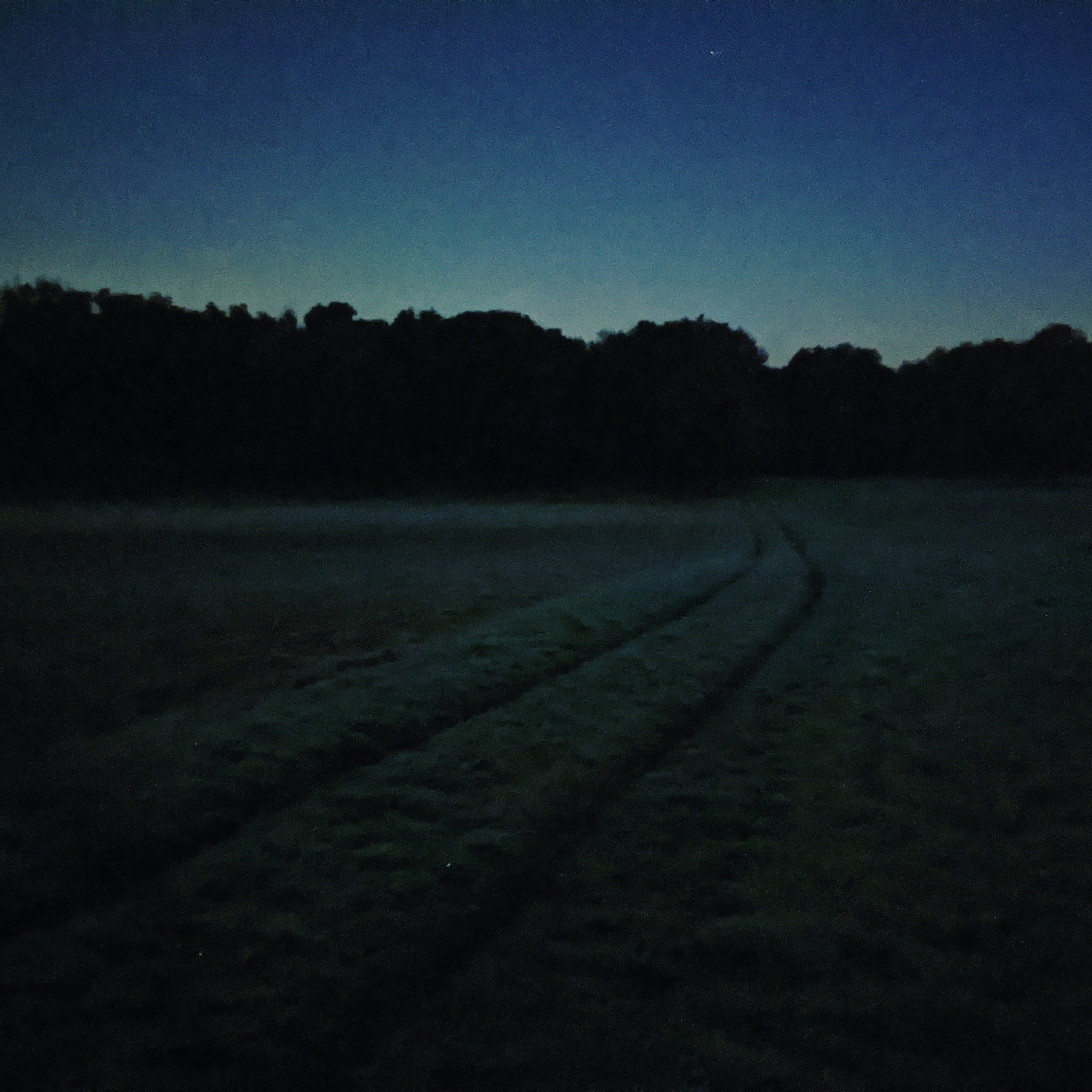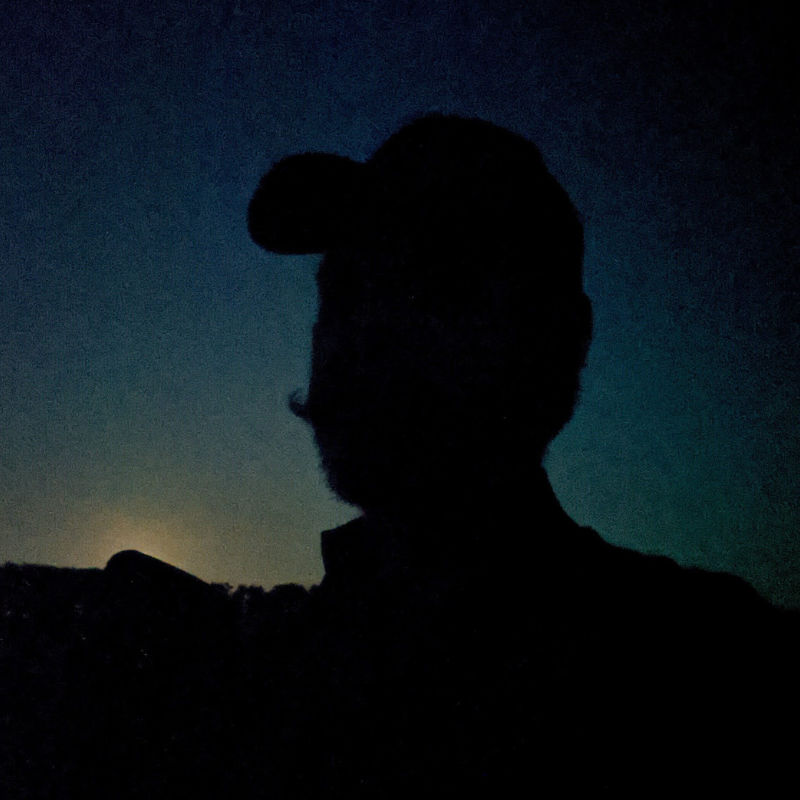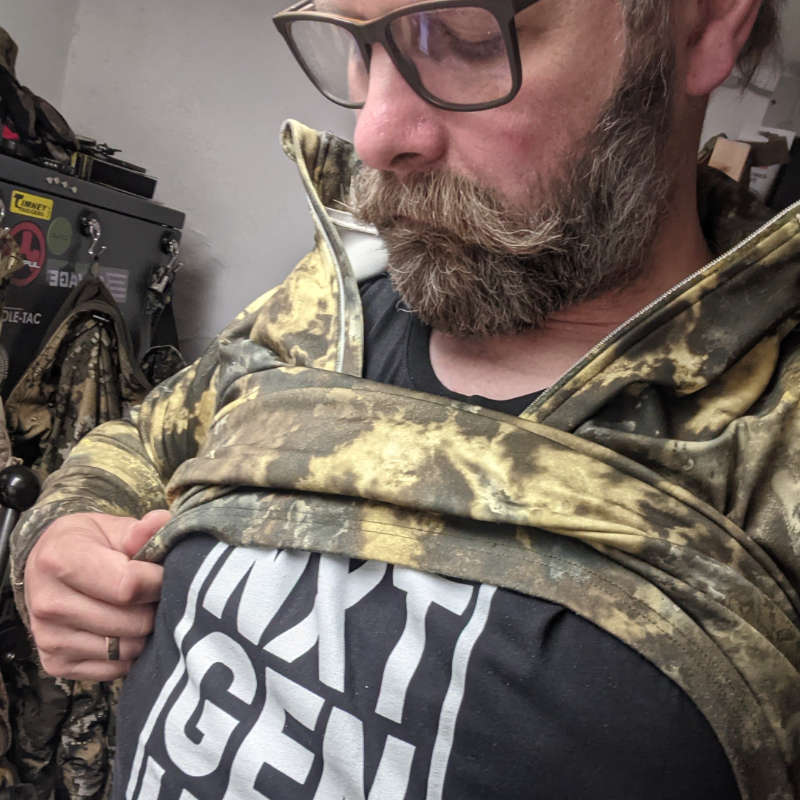Orientation when stalking at night - before and after the shot
Why is it so difficult to estimate distances and sizes at night? What helps with orientation when stalking wild boar at night after the shot?
When hunting at night, we often use modern technology to help us see in the dark. Digital thermal imaging technology reliably shows warm-blooded animals of all sizes and classes that can cross our path, even at long distances.Despite the technology, we can continue to rely on our sense organs. When it's dark and our vision is limited, our nose and ears work harder and try to compensate for the resulting deficit as best we can. Haptic feedback from the feet also gets more attention.
Hunting at night means hunting with all your senses
Especially when stalking wild boar at night, eyes and ears should not be underestimated: sows have their distinctive Maggi smell and, at least in packs, can often not be ignored. This means that you can usually locate them without eyes and visual aids.

Rough orientation is still quite easy in the dark, as long as there is a (known) path or clear landscape features and the moon or stars allow a rough classification of the cardinal directions.
Before the shot: find, assess, address
But what is difficult when stalking wild boar at night is estimating sizes and distances. On the one hand, you only have a low-contrast, blurred image with little detailed information. On the other hand, the brain likes to play tricks on you and see things that aren't really there. In this way, a tree stump that has just moved can become a strong boar of life.
Estimating proportions is also more difficult, since there is less useful reference information (tree trunks, blades of grass, branches) that allows us to tell in the light whether the boar weighs 30kg or rather 60kg. With light we see the pieces embedded in a holistic context with the immediate environment. In the dark, all we have available is a blob of black in a muddy gray image.
The eye tries to make something meaningful out of the information
Different residual light conditions in the dark lead to distortions in the assessments. Addressing the size of wild boar is also made more difficult in the dark because, with diffuse residual light and a corresponding size, the core area of a piece can be clearly seen, but the edge area is blurred with the background. So they appear smaller than they really are and it is sometimes difficult to tell where the sow is at the back and where it is in front. If pieces of a gang are staggered one behind the other, it is not always clear without aids which piece is in front or behind.
In direct moonlight, however, a piece may appear stronger than it is due to the cast shadow.
Optical aids only offer an image section taken out of context
Thermal imaging makes a significant difference on the hunt. At distances of up to 30 m, addressing the piece and estimating the size and distance is easily and safely possible with the appropriate experience. From 30 m, misjudgments of distances and proportions are more likely - with or without digital aids.
You have to keep in mind that, regardless of whether we are using binoculars, rifle scopes or night vision technology, we are only ever capturing a small and also enlarged image section of the overall picture. In addition, with digital thermal imaging technology, important details for addressing are only displayed at a distance of up to maybe 25m due to the size of the sensor, if the pieces are further away there are fewer sensor points available for recording the infrared radiation - the details disappear and the image becomes clear limited the silhouette.
When hunting during the day, the effect is hardly noticeable. After removing the optical aids, we have the full field of view again, the entire context of game and surroundings.
At night we have a fuzzy, low-contrast black-and-white image with no real depth, in which you can just make a glimpse of the Rotte sows at 50m with the naked eye, sometimes just because you know that they are there too.
Well then - sow mocked, stalked, approached, shot at.
After the shot...Either: piece is in the fire. Halali - hunt over, Waidmannsheil.
The article can then end here.

Or: Piece draws and jumps off and is gone.
The search for the connection - where was the piece? where was i standing
The last seconds before the shot, the focus was fully on the play, the drawing and the escape. The screen is empty and the pan goes back to the shot. If the piece was not directly on a prominent ground feature when the shot was fired, then the search for the shot begins. The more or less rough direction is clear, the distance mostly only conditionally. In the forest every tree sometimes looks the same, in the field the spatial depth is very flexible.
How to mark important places in the dark?
What is important now is the location where the shot was fired - this is the first reliable reference for the next steps. I leave the tripod and attach an LED flashing light. So I can always orientate myself on the search for stalking signs and see if I'm still on the right flight. After the shot, night vision is no longer important, flashlight and night vision technology can be used unfiltered, from now on: a lot of light helps a lot.
The change of wound into a corn stalk is marked with a flashing LED light
However, since the light cone also only provides a section of the image, orientation in the existing building is still not easy. Once the dead piece is found, I also mark it with a blinking LED so that I can find it again without detours. As a rule, the flashing LED on the tripod is still in sight, so nothing stands in the way of salvaging the prey. Called for help finds the place of action without beating around the bush and without telephone instruction.Alternatively, you can use glow sticks for marking. But they are less bright and, because they don't blink, less conspicuous. They are also waste after a single use.






Leave a comment
All comments are moderated before being published.
This site is protected by hCaptcha and the hCaptcha Privacy Policy and Terms of Service apply.